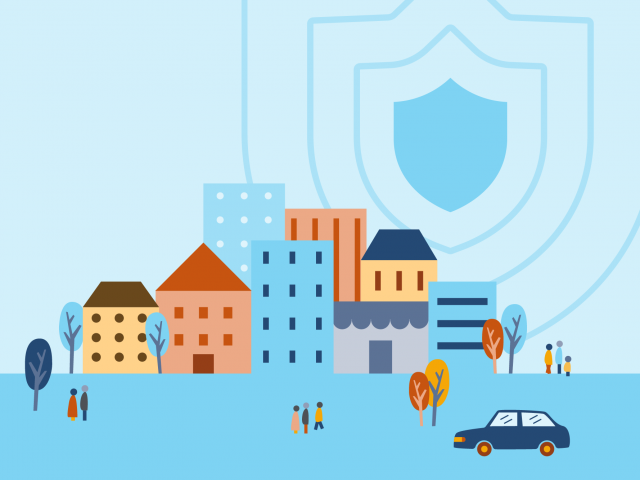Protect your community by reporting fraud,
scams, and bad business practices.
Related Scams
The Latest in Identity Theft and Online Security
Consumer Alerts
Get a credit freeze to stop identity thieves
Did someone steal your identity? Or are you looking for ways to help protect yourself from identity theft? A great place to start is freezing your credit. Here’s what to know.

